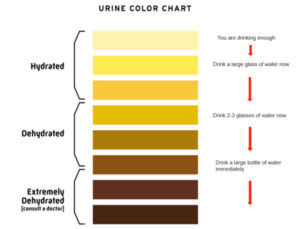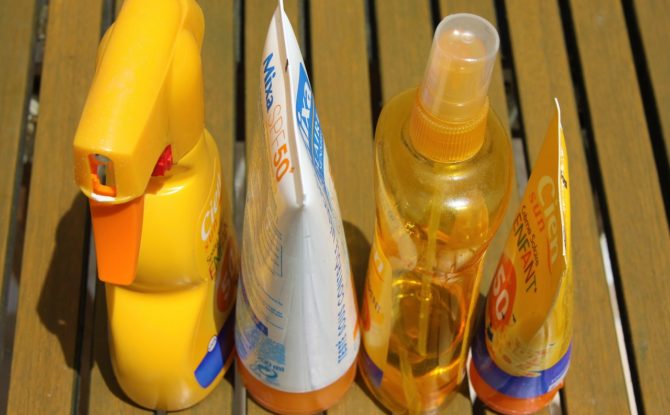The arrival of the summer months, means the festive period quickly follows and consumes us all. This period also leads to a lot of people indulging in multiple alcoholic beverages and little amounts of water. When your workers return to work are you doing what you can to provide them with plenty of fluids to avoid dehydration?
Dehydration is what happens when you use or lose more fluid then you can take in and your body is unable to function effectively. This can occur after strenuous exercise, sickness, drinking too much alcohol, taking certain medicine such as diuretics, as a complication of diabetes or if enough water has not been consumed.
Some signs of dehydration can be a heightened thirst, dry mouth, lips and tongue, a headache, dark urine, dizziness or light-headedness, particularly when standing up.
If your workers are involved in more strenuous activities and/or are working outside in the extreme temperatures, then you need to be aware of what dehydration looks like, but also all ways to prevent dehydration from occurring in the first place!
So, some ideas;

IDEA 1
Providing a urine chart such as the one below for your workers can help them keep track of their hydration throughout the day and know how much more water they require if they are dehydrated. A chart like this easily be positioned in bathrooms or on noticeboards – if you would like us to send you one of our posters, contact us.
IDEA 2
Provide your workers with access to fluids – this may be via a water cooler, bottled water or pre-made hydration solutions. Don’t forget to provide them with a facility to keep their drinks cool, such as a fridge or ice if they are working outdoors. If you have workers working remote and pre-made solutions are not available or have run out within the business, another option is to place 6 teaspoons of sugar with half a teaspoon of salt in one litre of boiled water.
IDEA 3
Try reducing exposure to the heat. This means you can reduce sweating, which means, yes, you are also managing hydration. To do this, try adjusting the hours of work so that physically demanding work is completed at the cooler times of the day. Or provide access to shade – if work is being completed outside – or fans – if inside.
Learn more about the impact of heat stress or about what kind of SPF rating you should be considering for your workers through more of our blog articles.





